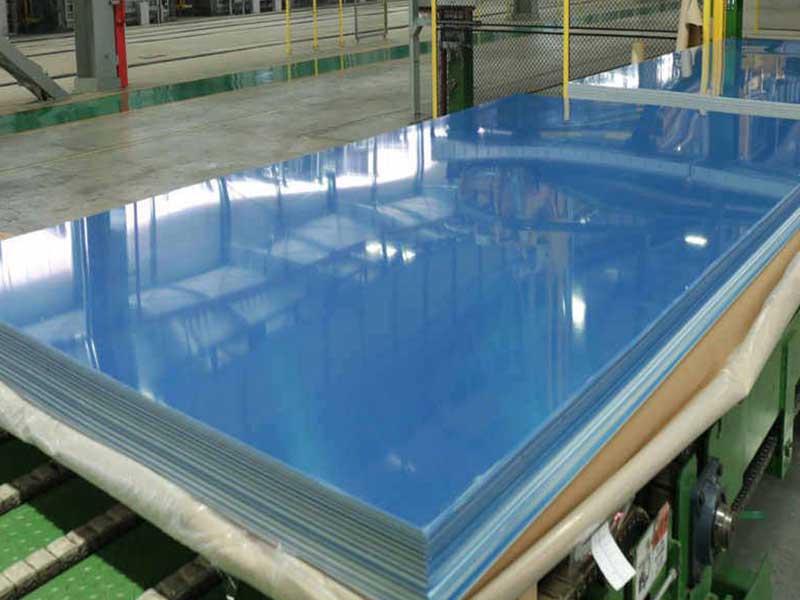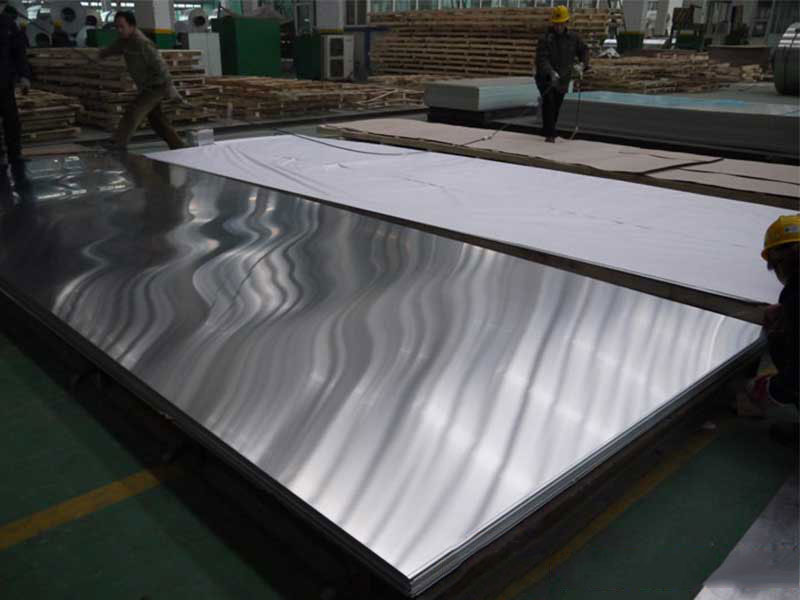Mill finish aluminum sheet
Mill finish aluminum sheet, a product often relegated to the background in various industries, deserves a spotlight due to its diverse applications and outstanding technical characteristics. The allure of mill finish aluminum lies not just in its aesthetic simplicity but rather in a profound of its function, machinability, and excellent physical properties.
What is Mill Finish Aluminum Sheet?
Mill finish aluminum sheets are rolled aluminum products that have not undergone any surface treatment or additional finishing processes post-extrusion. Instead, they are delivered in their natural state, showcasing a range of appearances from reflective surfaces to matte-finish variations, entirely dependent on the alloy and rolling processes utilized.
Characteristics
The performance parameters of mill finish aluminum sheets include:
- Thickness: Commonly within the range of 0.02 inches to 0.125 inches.
- Width Variability: Standard widths are typically afforded from 24 inches to 60 inches, aligning with needed specifications.
- Alloy Composition:
- 1050 - 99.5% aluminum, noted for its good corrosion resistance and fabricability.
- 2024 - Rooted firmly in aerospace allies, known for exceptional strength and conductivity.
- 3003 - Featuring manganese for enhanced corrosion resistance, particularly popular in a range of applications, fueling fabrications like impact-resistant products.
- Temper Options deemed essential which significantly impact the finish, design strength, and thermal properties.
Technical Standards and Implementation
Implementation standards for mill finish aluminum sheet guarantee durability and compliance with regulatory requirements. Some applicable standards include:
- ASTM B209: This standard defines the manufacturing processes and properties for aluminum sheet and plate specifications.
- ASM International Specifications: Additional structural guidelines ensure comprehensive coverage across the distributed market for functionality and structural responsibility.
Knowing this sort of technical data empowers manufacturers and merchants to deliver a consistent and reliable end product that meets specific project demands.
Alloy Tempering and Its Relevance
The temper of aluminum, a crucial aspect during construction/extraction, influences the material's responsiveness to work. Dominant temper designations utilized for mill finish aluminum include:
- H14/H16: Exceptional findings enable good girdling against deeper bending.
- H18: Provides superior strength and is ideal for robust applications.
- O (Annealed): Symbolizes a softened state that's perfect for machining and promoting applications that do not demand rigidity.
These temper variations fine-tune aluminum sheets to cater explicitly to distinct applications - optimizing its qualities to fulfill requirements reliably.
Chemical Properties of Mill Finish Aluminum
Like numerous metallurgical resources, alumina discards significant chemical dimensions that integrate efficacious perspectives while fitting current user applications.
| Property | Example Alloy | Parameters | Implications for Use |
|---|---|---|---|
| Tensile Strength | 3003 | ~ 14,000 PSI | Withstands copper and stainless connectivity processes, leverages fabric capability in residential projects. |
| Corrosion Resistance | 1050 | above 99.5% aluminum cut percentages | Low permeability ensures durability in exposure to varying climates prevalent in maritime or humid restrictions. |
| Electrical Conductivity | 2024/6061 | High levels of conductivity | Vital for installations in electronic applications which necessitate unbroken connectivity pathways. |
Diverse Applications of Mill Finish Aluminum Sheet
The functional versatility of mill finish aluminum sheets enables their extensive use across various industries, showcasing diversity such as:
- Architecture: Utilizing for cladding, roof treatments, or panels help with low maintenance structures while achieving sophisticated looks.
- Transportation: Engaged extensively within transportation firms focusing on weight efficiency balanced against strength concerns—here robustness must go hand in hand with specific alloy applications.
- Packaging: Contextually enriches aluminum containers and foils having resistance through moisture-resistant traits.
- Electronics and Manufacturing: Noteworthy is aluminum's electronic connectivity stability in phase plates, busbars, or terminal supportive arrangements amplifying a company's orientation toward implementing durable electronic components effectively.
https://www.aluminumplate.net/a/mill-finish-aluminum-sheet.html







